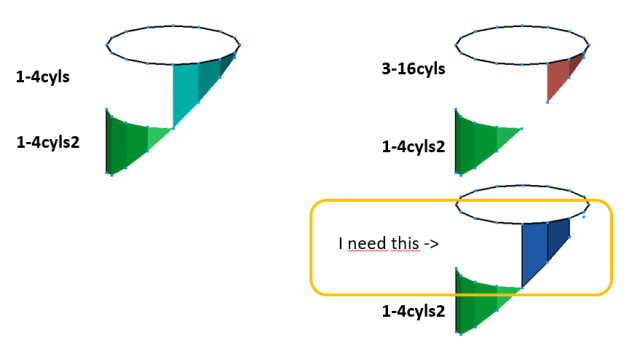Till now I used the cyls and cyls2 primitives mainly in their available quarter editions, respectively in their 1/8th size
Now I would need a sub-division that does not start at the smallest part (as it is with the 3-16cyls) but one that starts from the tallest one.
- How should those be called? Basically it would be a 1-8cyl...
- And would LDView do Primitive Substitution for those as well?

Now I would need a sub-division that does not start at the smallest part (as it is with the 3-16cyls) but one that starts from the tallest one.
- How should those be called? Basically it would be a 1-8cyl...
- And would LDView do Primitive Substitution for those as well?













